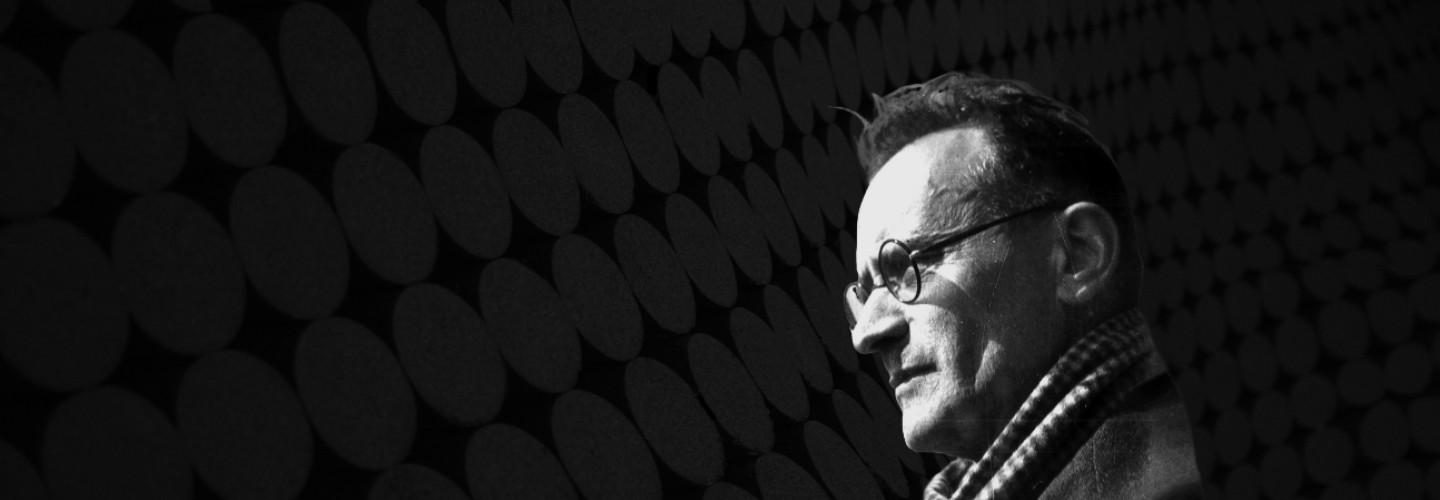


Anton Webern
Passacaglia
Short instrumentation: 1 1 1 1 - 1 0 1 0 - perc, vib, synth, vln, vla, vc, cb
Duration: 11'
Bearbeitet von: Henri Pousseur
Instrumentation details:
flute (+picc)
oboe
clarinet in Bb
bassoon
horn in F
trombone
vibraphone (+xylorimba)
percussion
syntheziser
violin
viola
violoncello
contrabass
‘To surrender oneself utterly to the listening
experience’ – this is what Anton Webern’s music demands. ‘To recognise sounds, to
experience them sensuously’ – these are the composer’s main
concerns. His works are among the most important compositions of the 20th
century and represent the most radical and logically consistent continuation of
the 12-tone technique developed by Arnold Schönberg. ‘He could express a whole novel
in a sigh’, said Schönberg of his compressed writing style. His
first masterpiece, the Passacaglia
for orchestra op. 1 (first performed in 1908) is a remarkable testimony to
Webern’s handling of the late Romantic orchestral apparatus as well as to his
clear formal organisation of its 269 bars.
